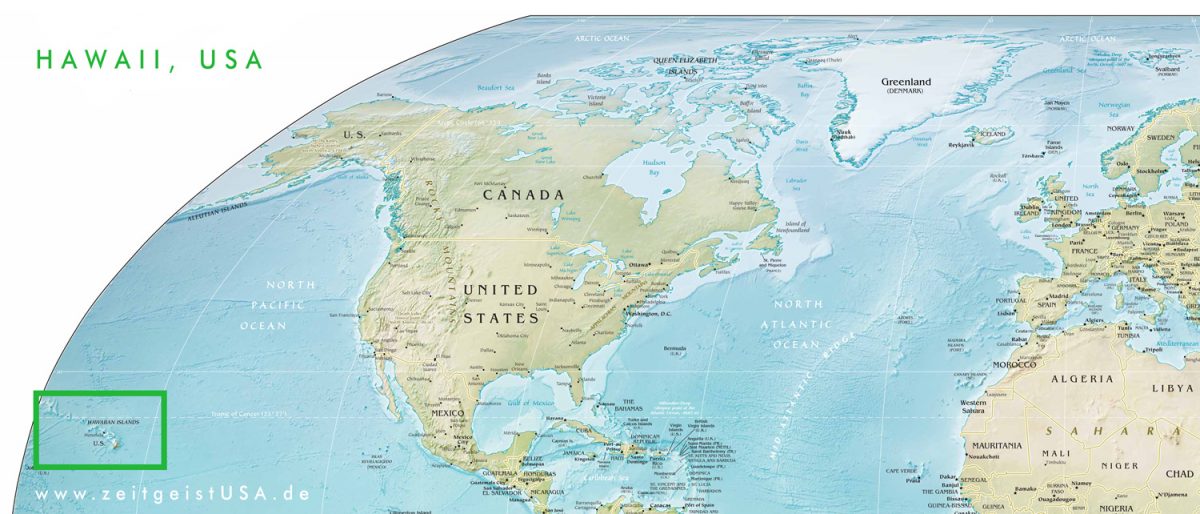
![Kepuhi Beach at the west end of Molokai (photo: Rose_Braverman [CC BY 3.0 (https://creativecommons.org/licenses/by/3.0)])](https://www.travel1000places.com/wp-content/uploads/2020/02/wikimedia-hawaii-molokai-White_Sand_Kepuhi_Beach_West_End_Molokai_Hawaii_-_panoramio_4-1200x800.jpg)
![East Molokai (photo: Travis.Thurston [CC BY-SA 3.0 (https://creativecommons.org/licenses/by-sa/3.0)])](https://www.travel1000places.com/wp-content/uploads/2020/02/wikimedia-hawaii-molokai-East_Molokai-1200x791.jpg)
The Island of MOLOKAI
Fifth largest of the Hawaiian Island, Molokai is 22 miles (35km) east of Oahu by 10 miles ( 142 km) of coastline and is a rectangular 38 miles (61km) long by 10 miles (16 km) wide.
The highest point is Kamakou, 4,970 feet ( 1,515m), at the eastern end of the island.
The friendly isle of Molokai long ago was known as the ‘lonely isle’, because the power of it’s Kahuna priests was featured throughout the Hawaiian Islands.
The mana (spirit) here was considered to be the strongest and greatest in all Hawaii. Warring islands kings gave Molokai a wide berth, and persecuted natives often fled here for refuge . The nobility of Molokai was as princely as any in Hawaii.
Kamehameha the Great journeyed to Molokai to arrange for the hand if his 1ueen, the high chiefess Keopuolani. In 1795, Kamehameha conquered the island in his westward thrust toward Oahu and domination over all Hawaii.
In the 1860s, the Hawaiian government established the isolated colony of Kalawao on the peninsula of Kalaupapa as the Hansen’s Disease ( leprosy) treatment settlement. It was here that the devoted Father Damien de Veuster spent his final days. Growth and development on the island have been quite slow. There are no high-rises, no fast- food chains, and a single traffic light on the whole island.
Top rated Attractions
Fishponds
Keonelele Sand Dunes
Halawa Valley Lookout
Kalaupapa National Historic Park (access by special permission only)
Snorkeling in the natural pools of Kapuaiwa Coconut Grove
Molokai Museum & Cultural Center
Phallic Rock
Moa’ula Falls
R.W. Meyer Sugar Mill
Interesting Facts
- The water reservoir in Kualapu’u holds over one billion gallons of water and is the largest of it’s kind in the world.
- The highest sea cliffs in the world plunge, some more than 3,000 fee -into the ocean off Molokai’s north shore.
- Kahiwa Falls, where water plunges 1,750 feet, is the highest falls in Hawai’i.
- Molokai is the legendary birthplace of Hula
Hawaii Travel Information
The islands of Hawaii stretch across ca. 1.500 mi (2.500 km) and only 6 are are developed for tourism.

